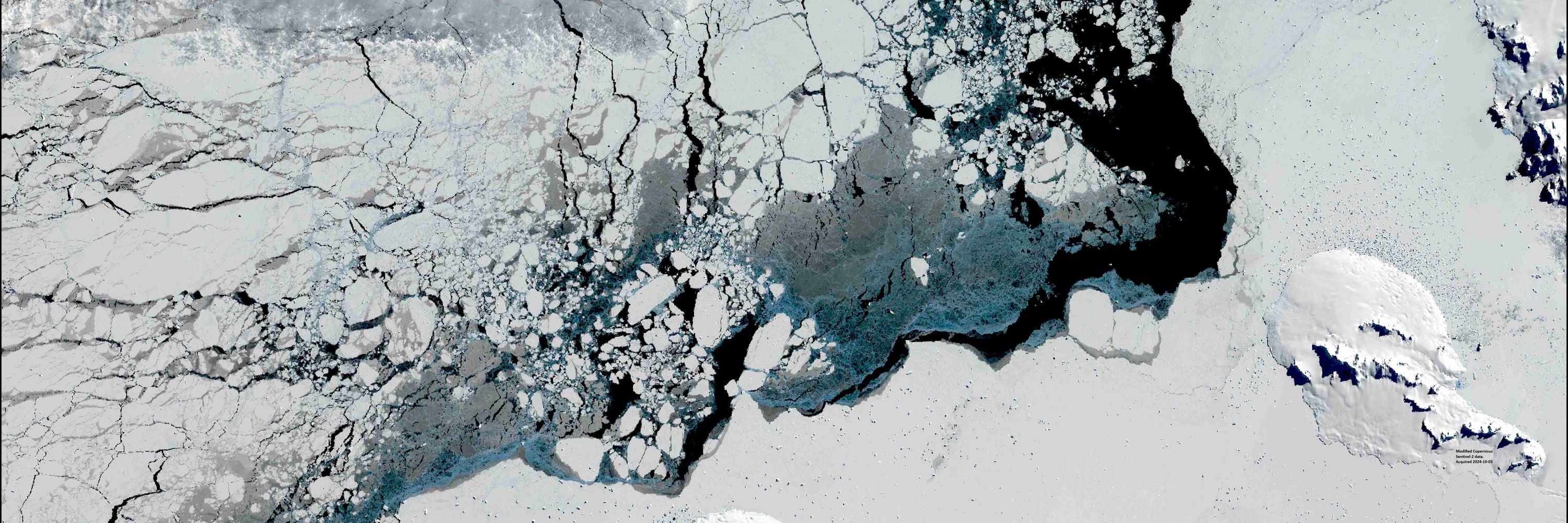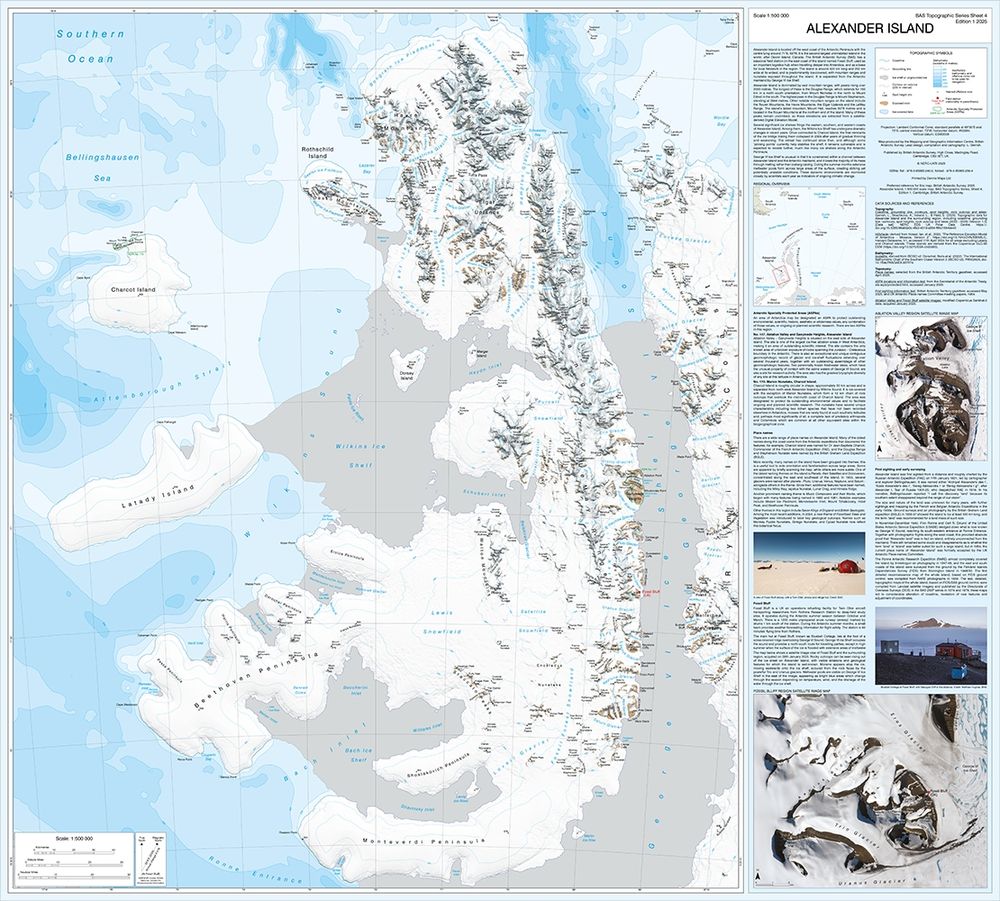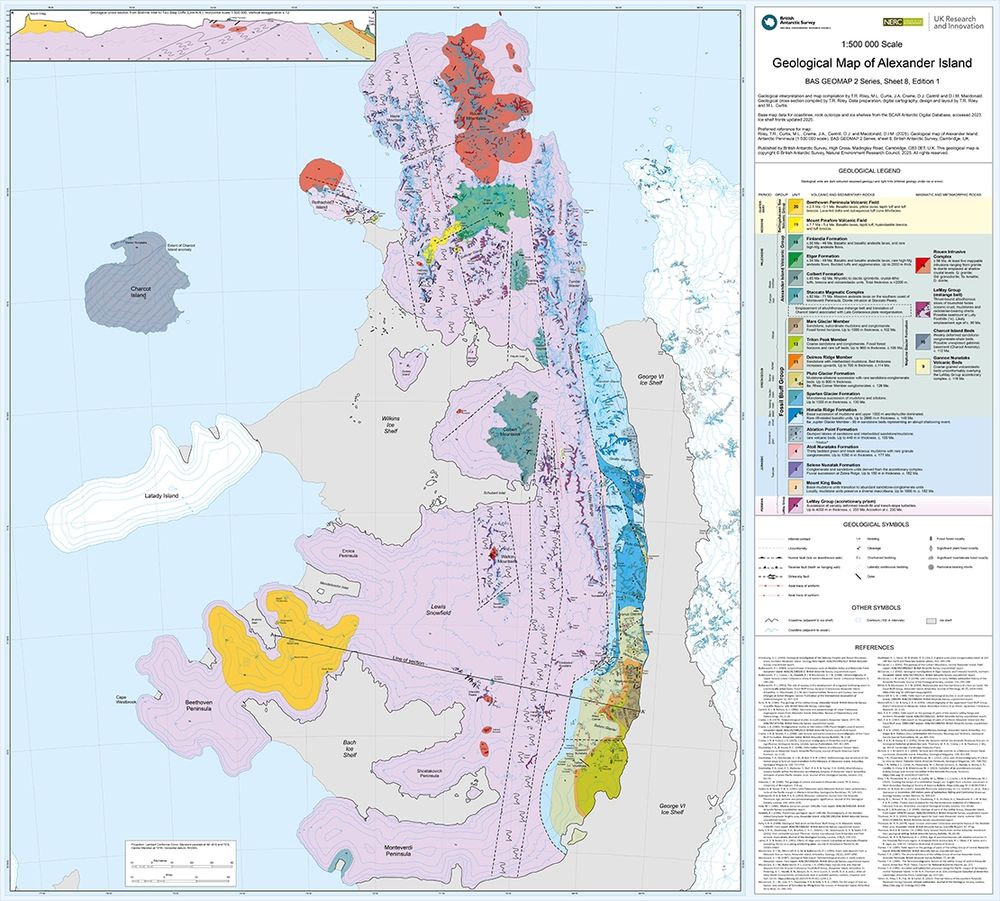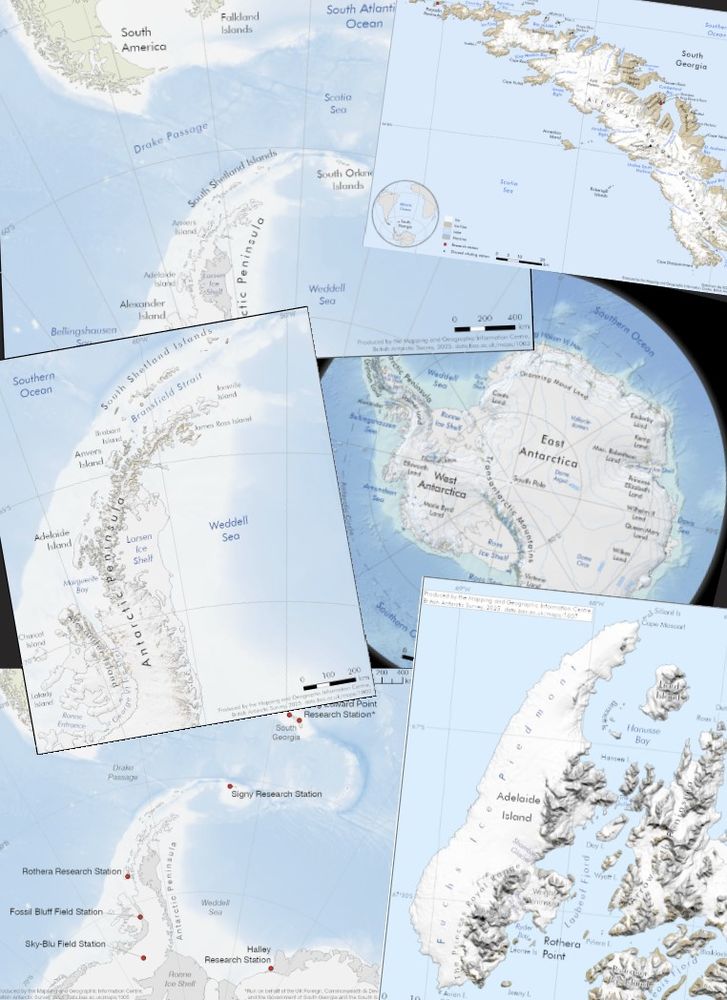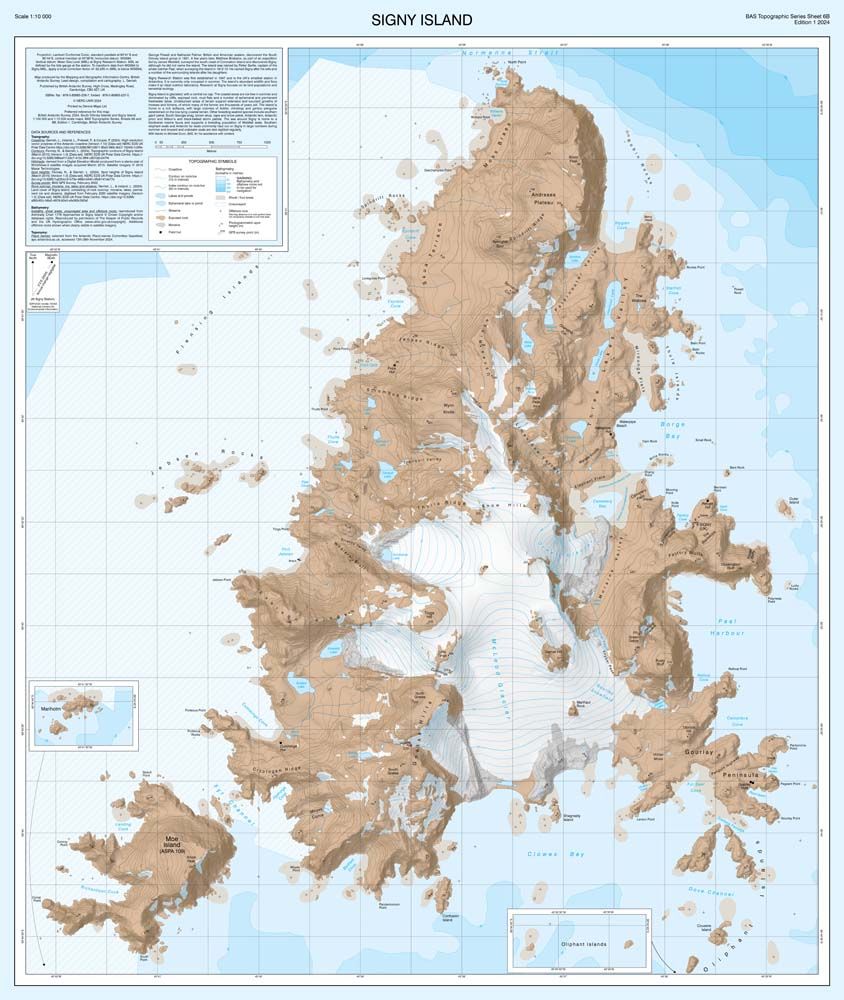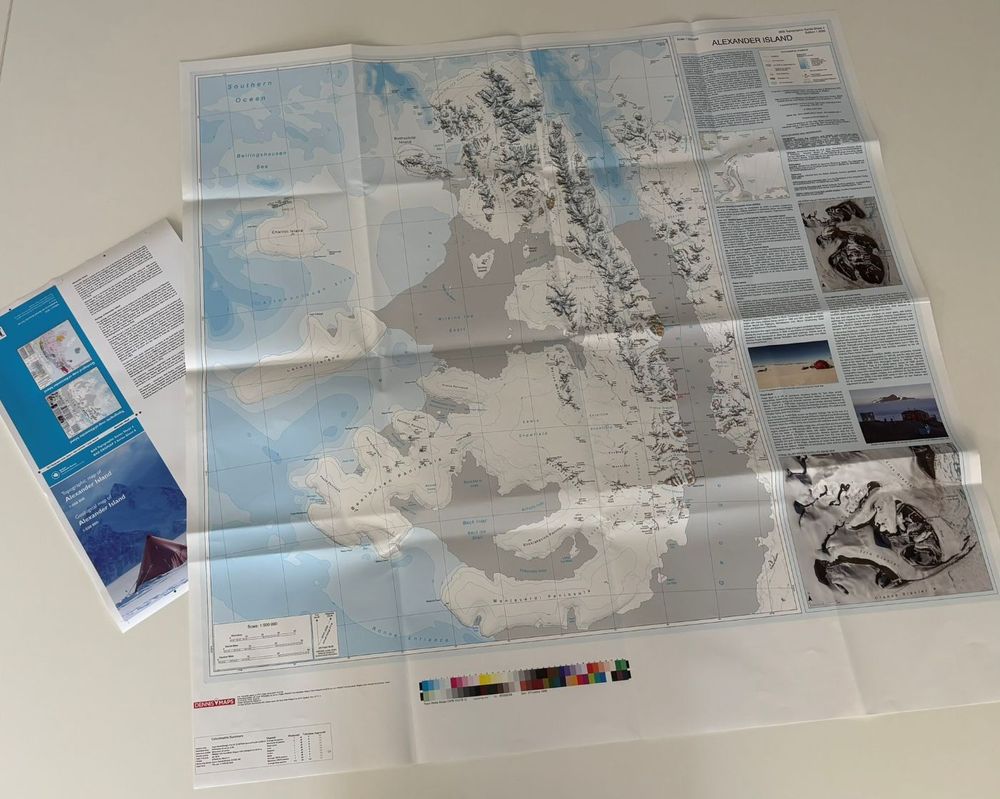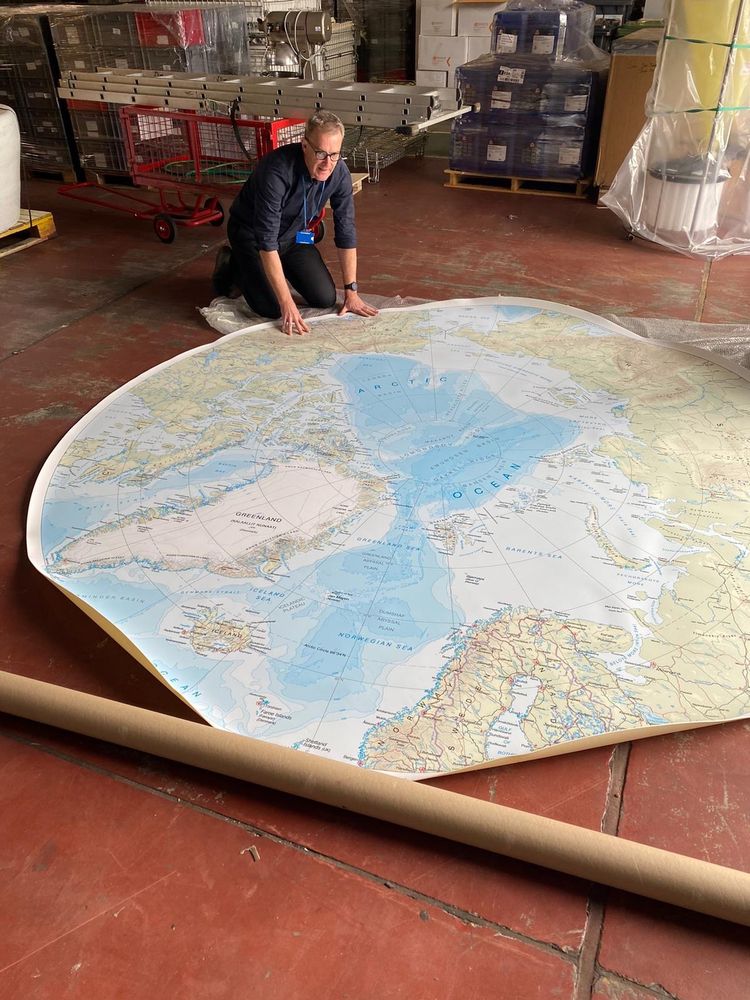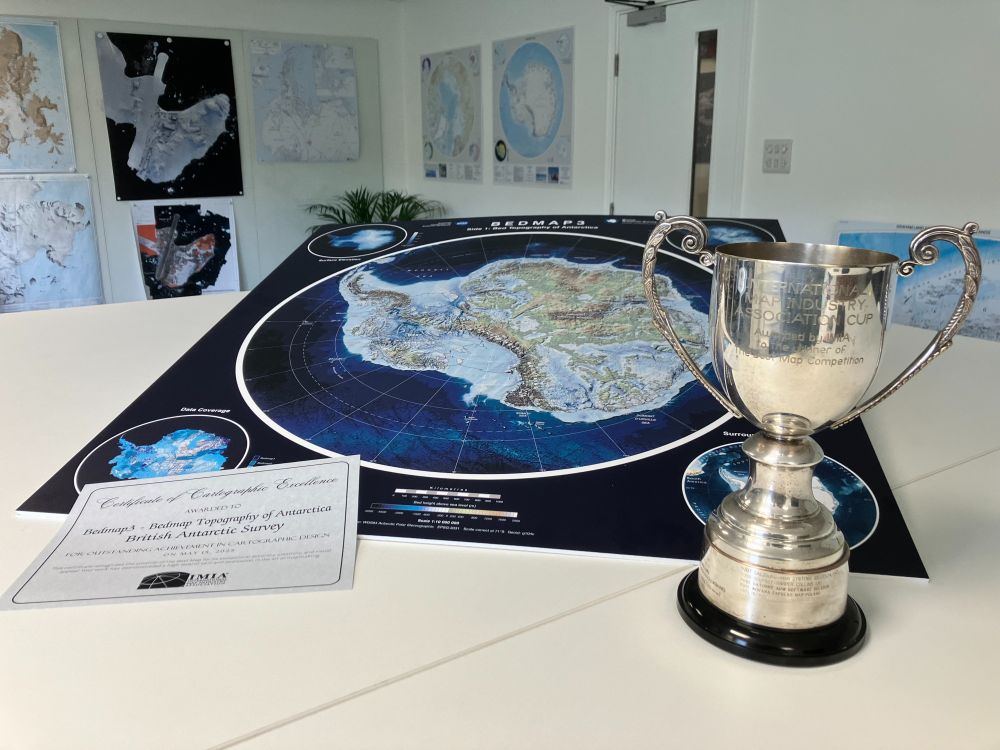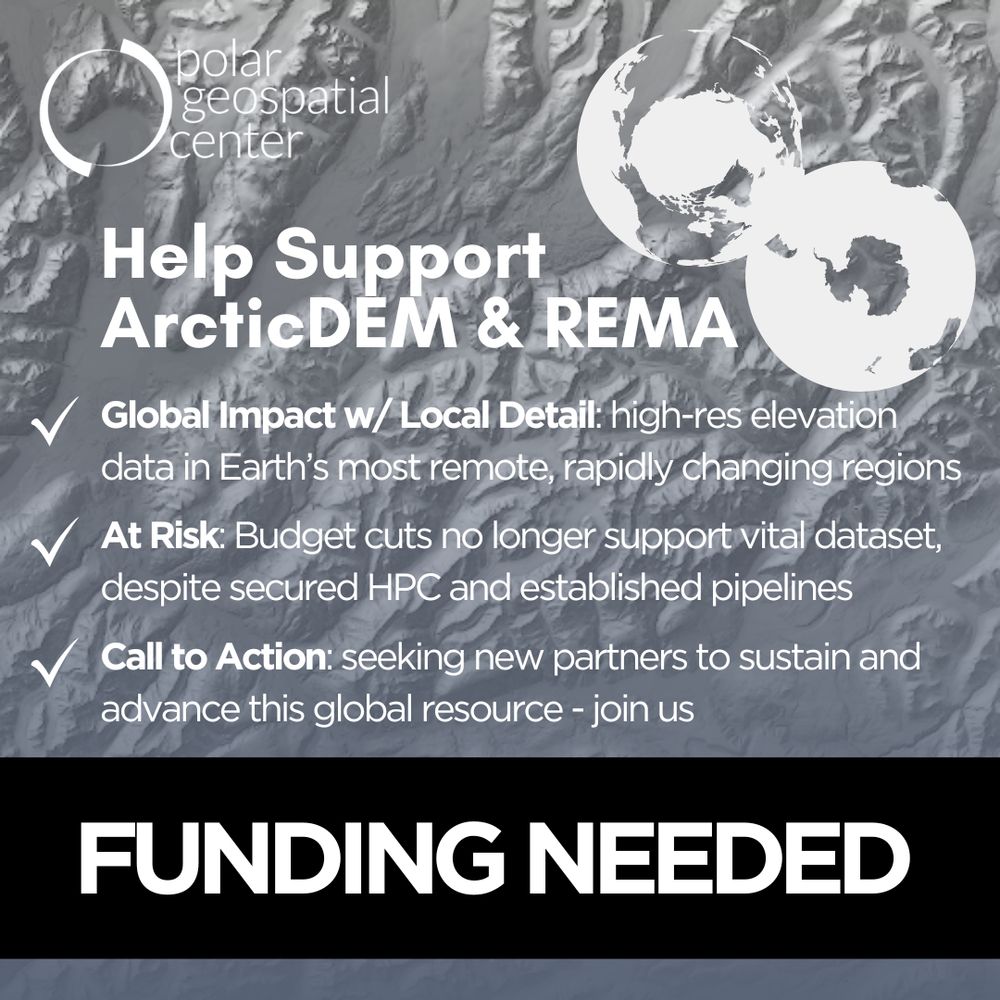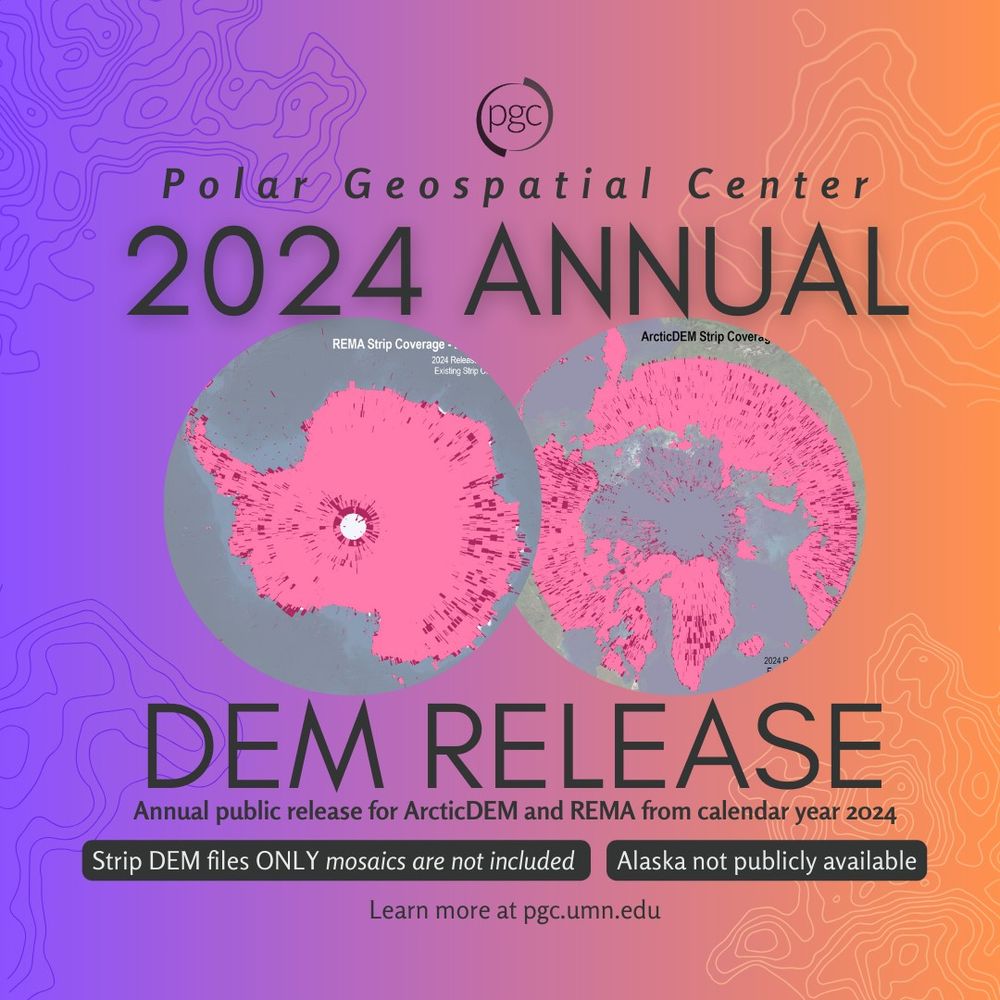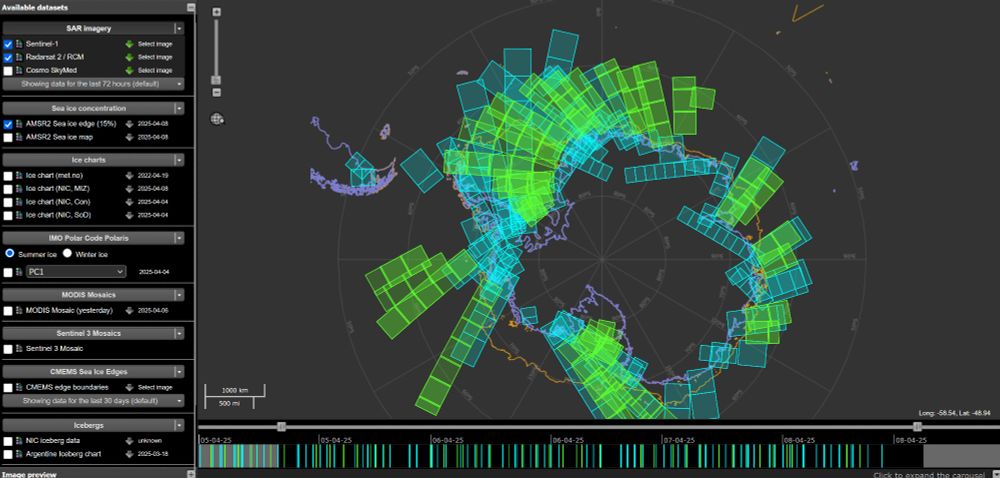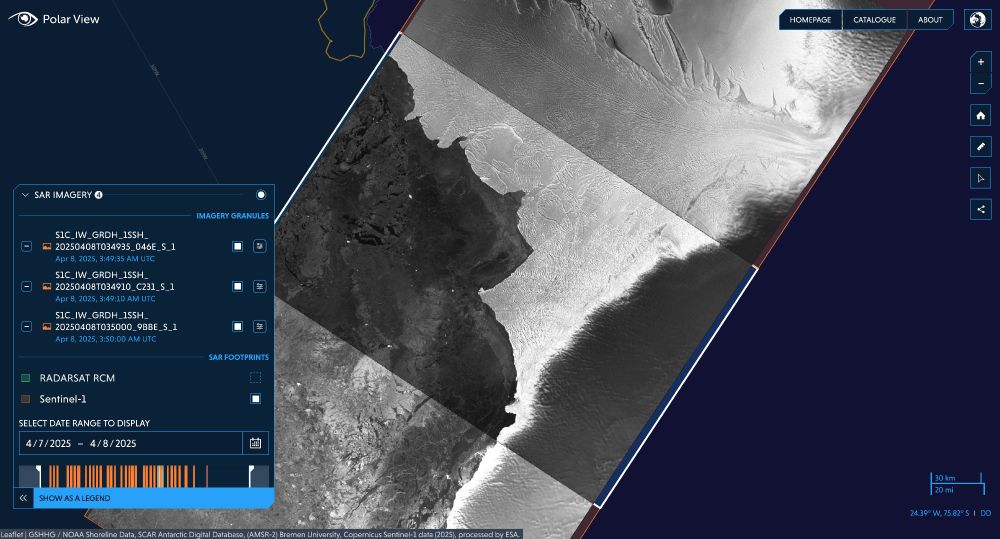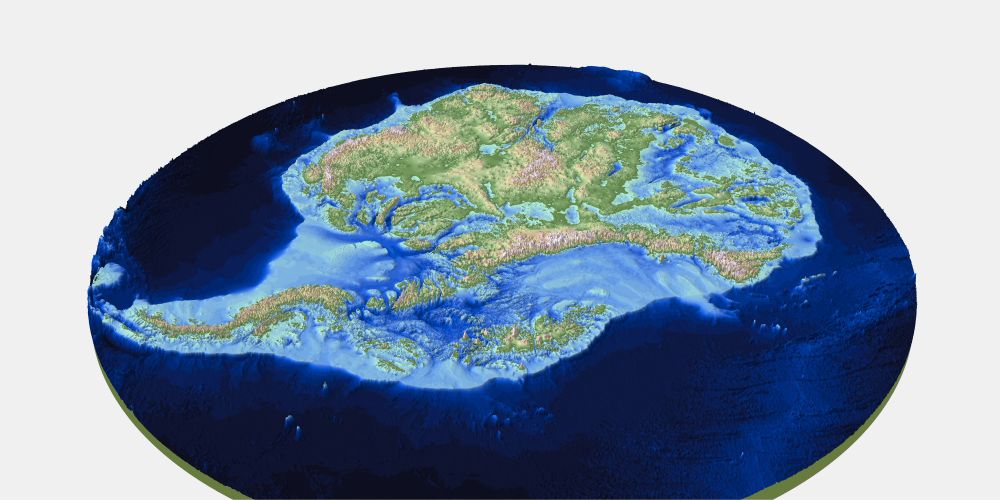Laura Gerrish
@lauragerrish.bsky.social
1.2K followers
170 following
30 posts
GIS and Mapping Specialist at the British Antarctic Survey. Interested in cartography, data visualisation, remote sensing and glaciology ❄️
Posts
Media
Videos
Starter Packs
Reposted by Laura Gerrish
Reposted by Laura Gerrish
Laura Gerrish
@lauragerrish.bsky.social
· Aug 27
Reposted by Laura Gerrish
Reposted by Laura Gerrish
Peter T Fretwell
@ptfretwell.bsky.social
· Jul 15
Reposted by Laura Gerrish
Reposted by Laura Gerrish
Reposted by Laura Gerrish
Reposted by Laura Gerrish
Reposted by Laura Gerrish
Reposted by Laura Gerrish
Roger Creel
@rogercreel.bsky.social
· Mar 23

New coasts emerging from the retreat of Northern Hemisphere marine-terminating glaciers in the twenty-first century - Nature Climate Change
As marine-terminating glaciers retreat, they reveal new coastlines in many regions. Here the authors use satellite data to quantify these changes for the Northern Hemisphere, finding that between 2000...
www.nature.com
Reposted by Laura Gerrish
Reposted by Laura Gerrish
